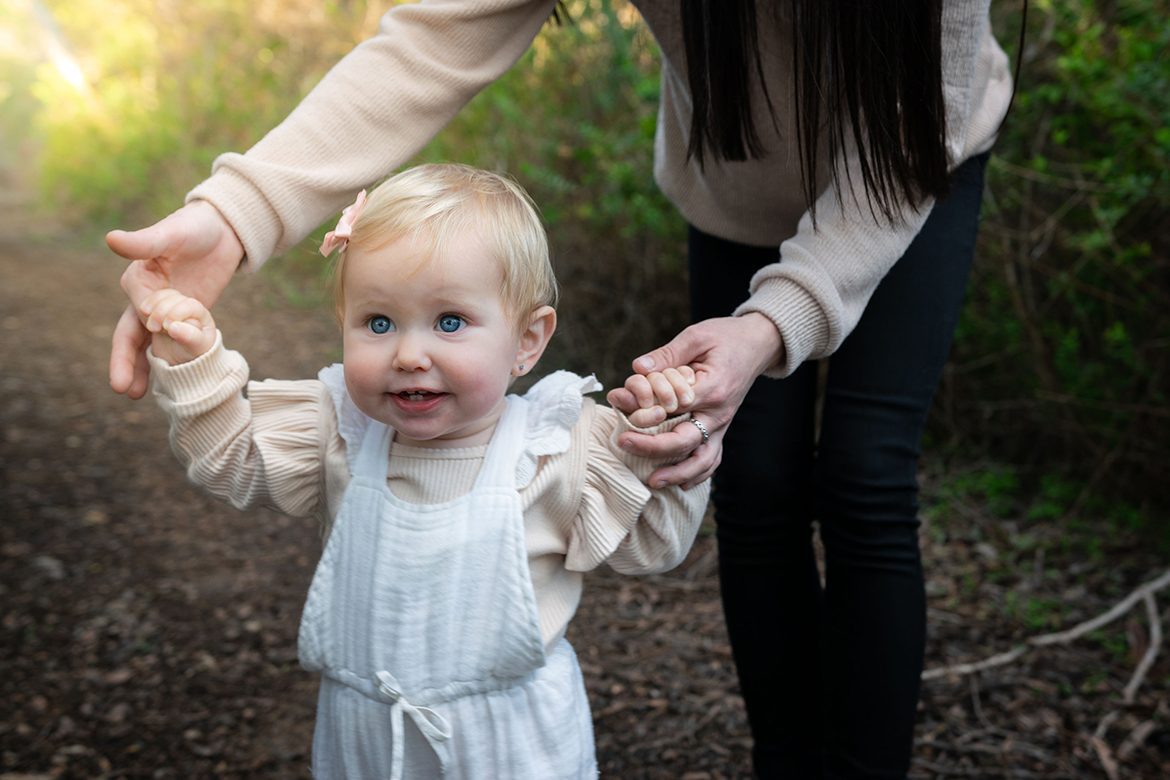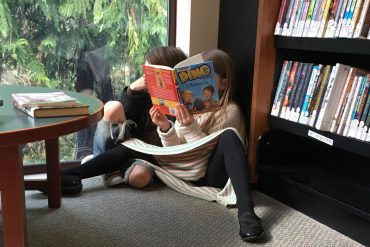By Eileen Kennedy-Moore, PhD.
Reflect your child’s feelings to show empathy, soothe, and connect.
When our children are upset, we adults tend to want to skip the feelings and go straight to the solution. Sometimes this works. If your child is sad about dropping her ice cream cone, just saying, “I’ll get you another one” can make everything all better.
But when emotions are more intense or more complicated, children have trouble even considering solutions until they feel heard. Talking about emotions helps children learn about their own and other people’s internal experiences. Wrapping big, messy emotions up in words makes them seem more understandable and therefore more manageable. Also, when children don’t feel heard, they tend to get louder.
Expressing Empathy Through Reflection
Reflection is a way of expressing empathy that involves describing the feelings you see. It’s like holding up a mirror to your child to acknowledge, “What you’re feeling matters. I’m paying attention. I’m interested, and I care.” Here are some phrases you may want to try.
1) The gentle inquiry.
“You seem [sad, grumpy, worried…]. What’s going on?
Use this phrase to open a conversation when you’re sensing something is off with your child but you’re not sure what. Choose your moment wisely. You may need to do this when you’re not rushing anywhere or when there are no siblings around. Some kids respond best with physical contact. Sit down next to your child. Maybe stroke your child’s hair or back. Some children respond best in more neutral circumstances. You could ask while you’re walking, driving or doing chores together.
2) The label and acknowledge.
“You’re feeling [happy, guilty, annoyed…] because [event or circumstance].
This one is your go-to phrase. It labels your child’s emotion and connects it to whatever is going on. Use your child’s comments, body language, facial expression, and tone of voice, plus your own ability to imagine yourself in your child’s shoes, to describe what your child is feeling and why. Sometimes parents are afraid that they might say the wrong emotion. Don’t worry; your child will correct you: “I’m not angry. I’m mad!” OK, fine. Your child is still doing the important work of wrapping feelings in words.












Hi Natural parent mag!
My daughters photo is in this article and I was just wondering if it’s in the magazine? I’d love to get one if so! Also she has been made and raised on a island the most natural it can get so if you would like more info let me know thankyou for the opportunity for her photo to be in something so special!
It is a beautiful photo. It might be in a future issue, it depends on the written content somewhat.